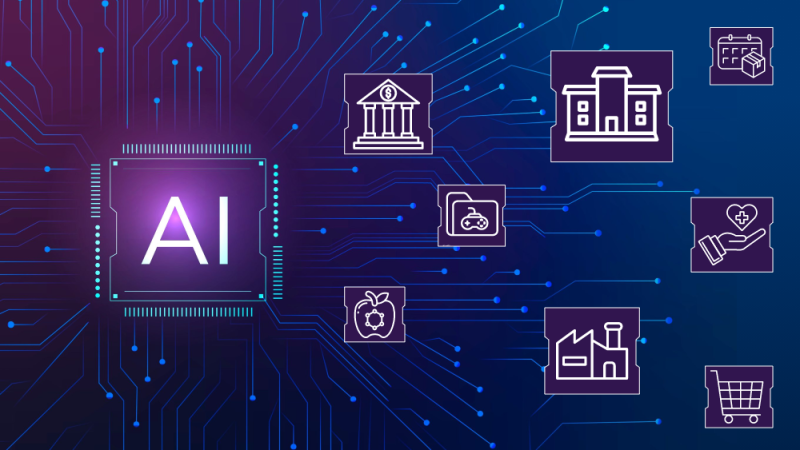Trends in IT Team Augmentation: Embracing Innovation

Image Credit: wallpaperflare.com
Introduction
The landscape of IT team augmentation is continually evolving, driven by technological advancements and shifts in the way work is organized and executed. To stay competitive in today’s fast-paced digital world, businesses must be aware of emerging trends and innovations in IT team augmentation. In this article, we’ll explore some of the latest trends, including the integration of artificial intelligence (AI) and the growing influence of the gig economy.
1. Artificial Intelligence (AI) Augmentation
a. AI-Powered Automation: AI and machine learning are being used to automate repetitive and time-consuming tasks, allowing IT teams to focus on higher-value activities. This includes automating software testing, code reviews, and even IT support.
b. AI in Data Analytics: AI-driven analytics tools are helping IT teams extract valuable insights from data, leading to more informed decision-making and improved problem-solving.
c. Predictive Maintenance: AI is used to predict hardware and software failures, enabling IT teams to proactively address issues before they impact operations.
d. Chatbots and Virtual Assistants: AI-driven chatbots and virtual assistants are being employed for IT support, helping users troubleshoot problems and find solutions more quickly.
2. Leveraging the Gig Economy
a. Flexible Workforce: The gig economy is playing a significant role in IT team augmentation, offering access to a diverse pool of skilled professionals on a project-by-project basis. This flexibility allows organizations to quickly scale their teams as needed.
b. Specialized Expertise: Businesses are tapping into the gig economy to find highly specialized talent for specific projects, filling skill gaps without committing to long-term employment.
c. Remote Work: The gig economy is often associated with remote work, enabling businesses to collaborate with IT professionals from around the world, leveraging their expertise while reducing overhead costs.
3. Cybersecurity Augmentation
a. Outsourced Cybersecurity Teams: With the increasing complexity of cybersecurity threats, many organizations are turning to external experts to augment their IT security teams. Outsourced cybersecurity teams can provide 24/7 monitoring and incident response.
b. AI-Driven Security Solutions: AI and machine learning are being used to enhance cybersecurity by identifying and responding to threats more rapidly and effectively.
4. Augmented Reality (AR) and Virtual Reality (VR) Integration
a. Remote Assistance: AR and VR technologies are being employed to enable remote IT support, where experts can guide on-site technicians or end-users through complex tasks using augmented or virtual environments.
b. Training and Development: AR and VR are also used for IT team training and development, providing immersive learning experiences and simulations.
5. Cloud-Based Collaboration
a. Cloud-Based Tools: Cloud-based collaboration platforms are becoming increasingly popular for IT team augmentation, allowing teams to work together seamlessly regardless of their physical location.
b. Real-Time Collaboration: These platforms facilitate real-time collaboration, document sharing, and project management, streamlining IT projects and reducing communication barriers.
Conclusion
The trends in IT team augmentation are reshaping the way businesses approach IT project execution, talent acquisition, and technology adoption. As AI continues to evolve and the gig economy expands, organizations have new opportunities to enhance their IT capabilities, stay competitive, and adapt to the ever-changing demands of the digital landscape. By embracing these trends, businesses can effectively navigate the challenges and complexities of modern IT projects while remaining agile and innovative.
Also Read: The Impact of Technology on Business






